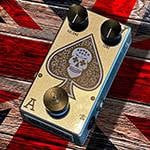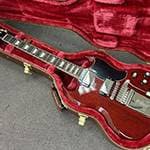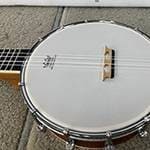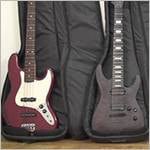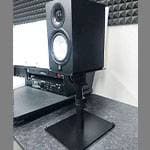Last time, I talked about how electric guitars need to be played through an amp and I introduced a few guitar amps.
Looking back at that lineup, the article mostly featured pretty modest amps.
What I really wanted to get across to people who don’t own a guitar amp yet is that they won’t get better at electric guitar unless they play through an actual guitar amp, even if it’s not an expensive one!
There’s also a bit of my personal bias showing — like,
Do people really need the latest effects that they can control with a smartphone? Would I also need Bluetooth pairing so it doubles as an audio speaker?”
Not really, right?
Changing the subject a bit — the other day, I had the chance to play an electric nylon-string guitar (electro-acoustic classical guitar) live on stage.
If you’ve ever played an electro-acoustic guitar at a live show, you probably know how it goes. You basically plug into a DI (direct box) on stage. From there, the signal goes into a mixer, and sound comes out through the main speakers and stage monitors.
Since an electric nylon-string is still an acoustic guitar at heart, I almost never practiced plugging it into an amp at home.
But when it’s connected to a PA system and the sound is coming out through the speakers, it’s definitely different from the sound I hear when I play it acoustically in a room.
When you plug an electro-acoustic guitar into an amp, the feel of your picking, the sustain of the notes, and the dynamics all change dramatically compared to an unplugged acoustic guitar.
With acoustic guitars, especially since many players use fingerpicking, your playing tends to be more delicate than when using an electric guitar.
So, if you’re going to be performing live with an electro-acoustic guitar, you really need to get used to hearing your sound through speakers beforehand.
In the guitar world, small-sized acoustic guitar amps don’t seem to be all that popular, but that doesn’t mean they don’t have value!
To all acoustic players out there: try practicing with a small amp at home, too!
Keeping this in mind, here are a few recommended small acoustic guitar amps for home use.
PLAYTECH / JAMMER MINI
Released by PLAYTECH in May 2025, this compact amp is perfect for easy, everyday use.
Despite its small size, it comes equipped with a simple built-in reverb effect and offers a surprisingly wide frequency range, making it a great choice not only for everyday practice but also for dialing in tones with live performance in mind.
Laney / LA15C
This model sits in the mid-size range of Laney's acoustic guitar amp lineup.
When playing an acoustic guitar through a PA system, the sound typically has a wide dynamic range that can reproduce everything from deep lows to bright highs. To better simulate a live performance environment, it's helpful to use an amp with larger speakers or multiple drivers, and the LA15C delivers on that front.
Compared to smaller amps whose narrow frequency response can limit tone, the LA15C offers a more spacious sound, making it a solid choice for players looking to bridge the gap between home practice and live performance.
BLACKSTAR / ACOUSTIC:CORE 30
A major challenge when performing live with an acoustic guitar is monitoring. Since you're typically plugged into the PA, your sound comes back to you via floor monitors, which often output a mix of instruments and vocals. Even if the balance is carefully set during soundcheck, vocal volume tends to fluctuate. It's quieter during rehearsals, but louder during emotional peaks of the show, leading to a common problem: "I can only hear the vocals, but my guitar is totally buried!" The ACOUSTIC:CORE 30 offers a great solution for this. With its dual-channel design, built-in effects, and dedicated EQ for vocals and guitar, it functions not just as a practice amp but also as your personal monitor on stage. The line-out makes it easy to send a signal to the PA, while you can still hear your guitar clearly from the amp itself. It's compact, practical, and extremely useful for players who sing and play or need more control over their live monitoring environment.
When I used to perform in an acoustic guitar and vocal duo, there were many times when I had no choice but to play without really being able to hear myself. I'm sure many of you have faced similar struggles on stage.
In situations like this, using an acoustic guitar amp as a personal monitor can be incredibly helpful.
One of the great features of the BLACKSTAR ACOUSTIC:CORE 30, which I mentioned earlier, is the DI output on the back. You can connect your guitar to the amp, place it nearby as your personal monitor, and send the signal from the DI out directly to the PA system. It’s a simple and effective setup that solves a common problem.
Although the focus here is on amps for home use, the ability to dial in your tone at home, take that same sound to a live performance, and use it as both your monitor and DI source makes this amp especially appealing.
VOX / VX50-AG
This is a lightweight, compact amp with a powerful 50W output. It features separate channels for microphone and acoustic guitar, making it a great all-in-one solution for small venue performances and solo singer-songwriter gigs.
So, that wraps up my quick overview of some of my recommended acoustic guitar amps. I understand that some people might wonder why they even need a dedicated acoustic amp (I used to think that way myself). Hopefully, this gives you some insight into the practical benefits of using one.
If you don’t yet own an acoustic guitar amp, even trying out a small portable model might open up some new discoveries for your practice and performance!





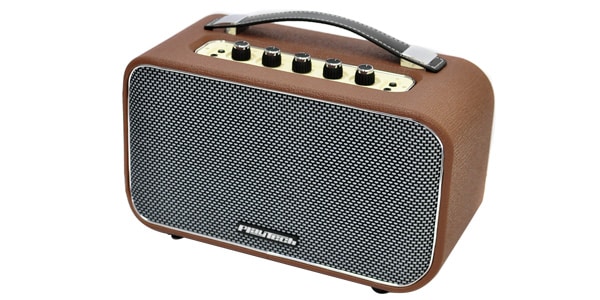
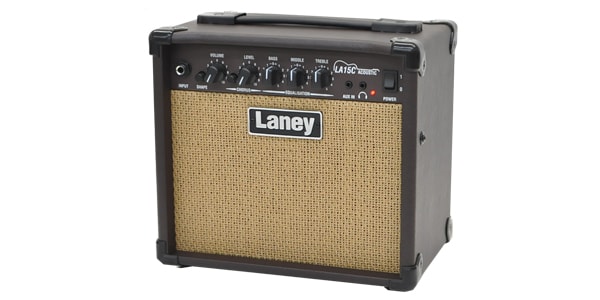
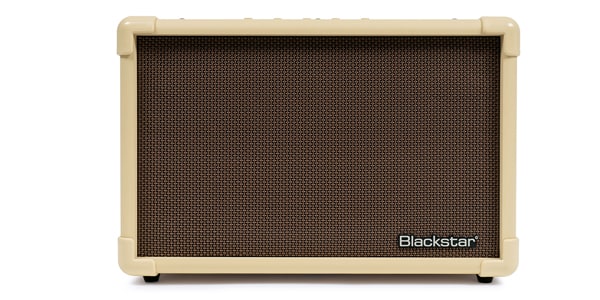
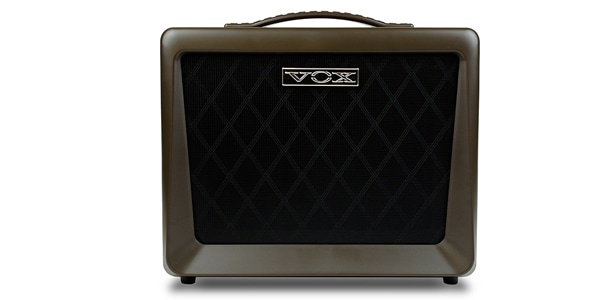




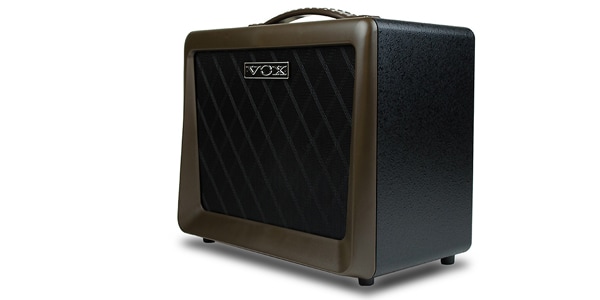
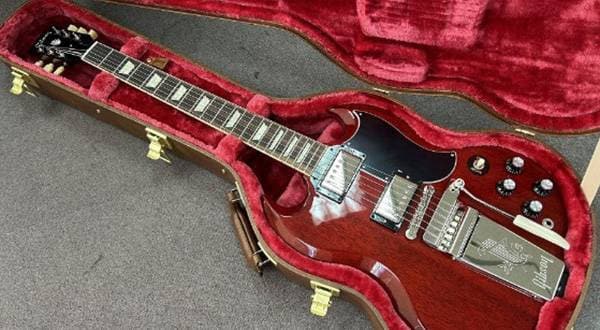
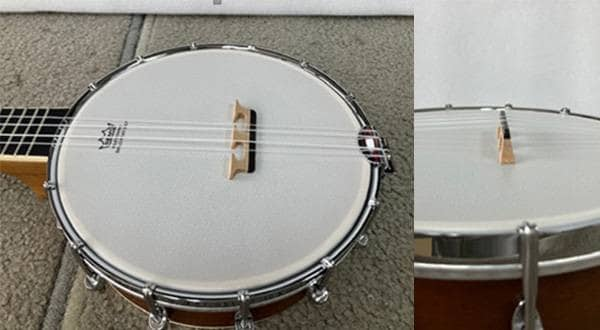

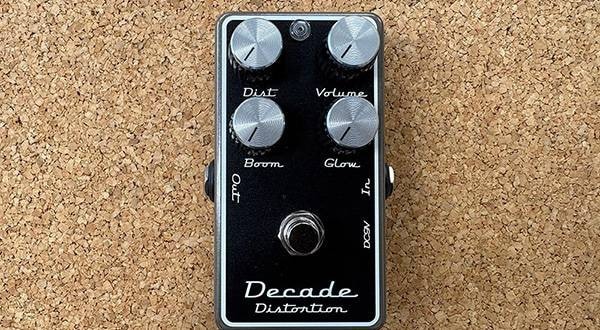
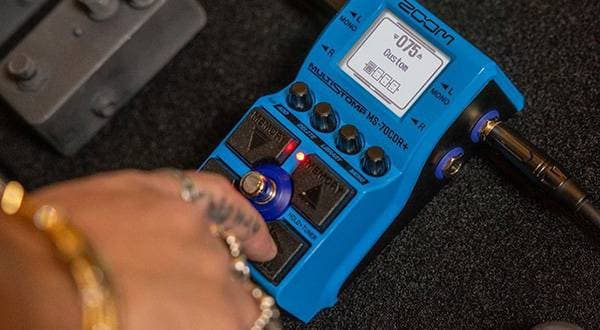
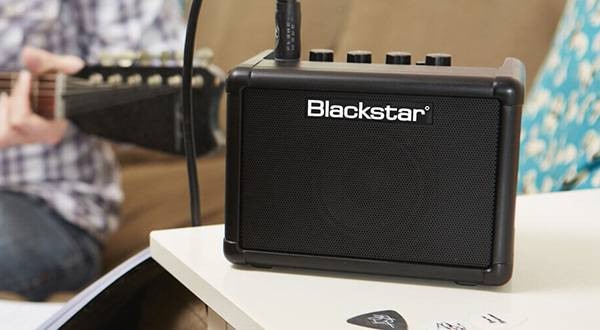
![[Acoustic Guitar] Trying Out Various Types of Acoustic and Electric Acoustic Guitars, and What I Think](/contents/uploads/thumbs/5/2024/11/20241118_5_29502_1.jpg)
![[2025 Edition] Recommended Guitar Amps at Sound House!](/contents/uploads/thumbs/2/2023/11/20231107_2_24499_1.jpg)
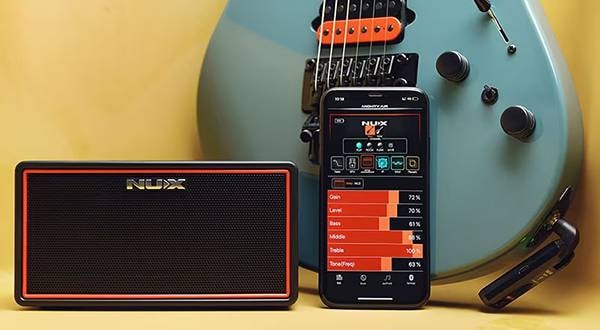
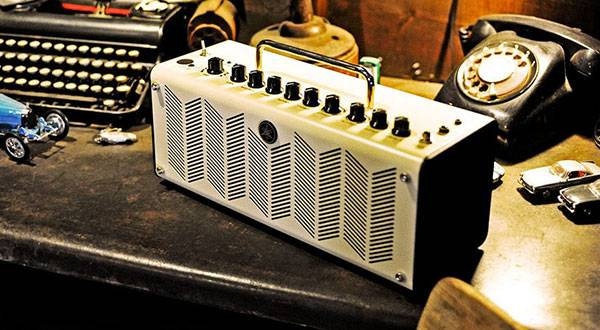

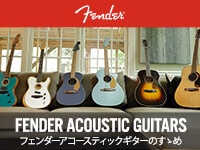 フェンダーアコースティックギターのすゝめ
フェンダーアコースティックギターのすゝめ
 DR アコースティックギター弦
DR アコースティックギター弦
 超オススメのフレーズ道場 アコースティックギター
超オススメのフレーズ道場 アコースティックギター
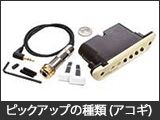 ピックアップの種類(アコースティックギター)
ピックアップの種類(アコースティックギター)
 弦の張り替え(アコースティックギター)
弦の張り替え(アコースティックギター)
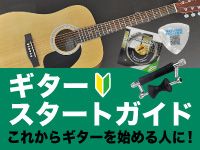 ギタースタートガイド
ギタースタートガイド
